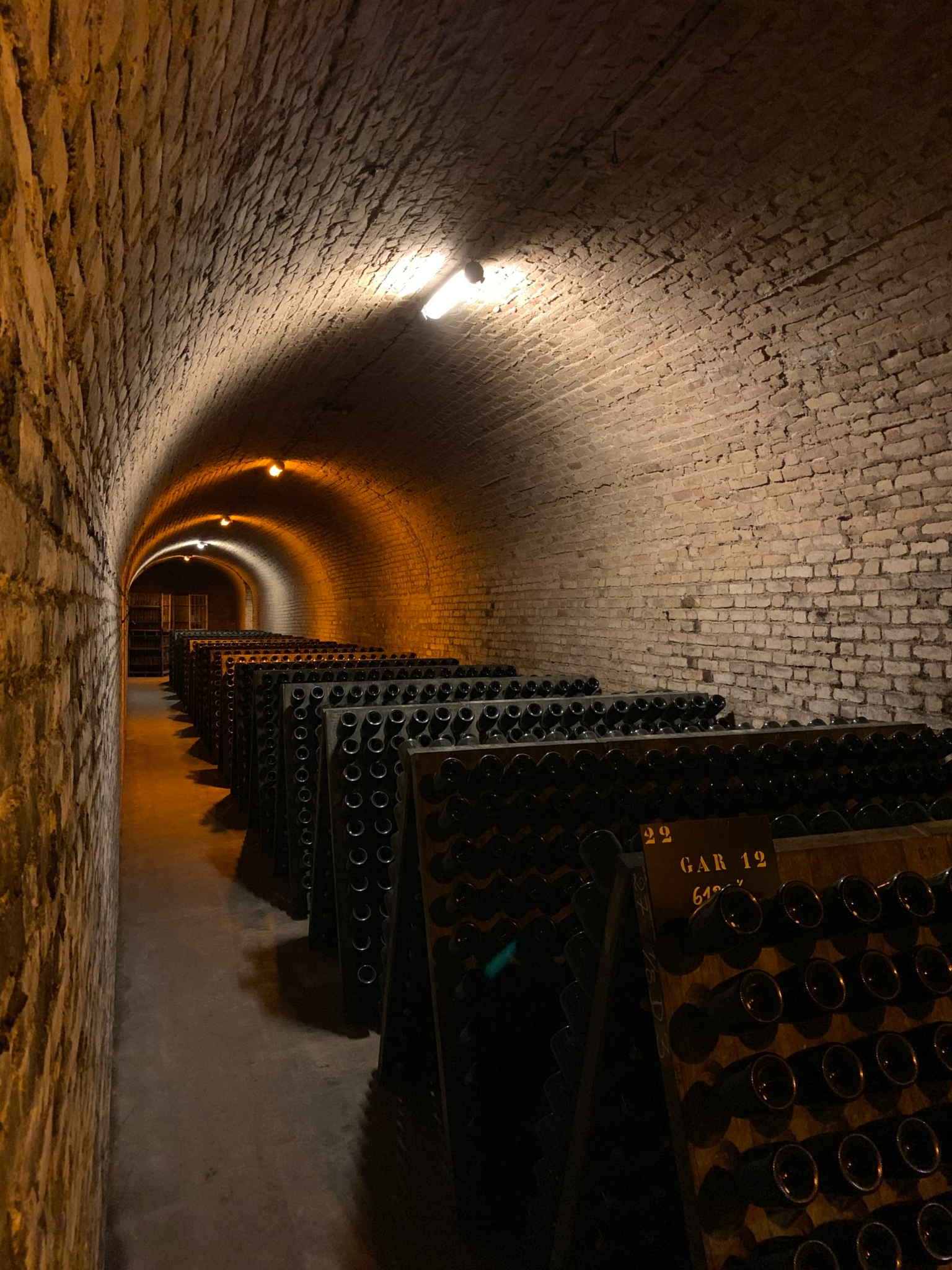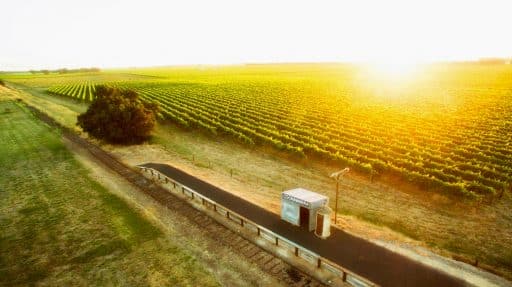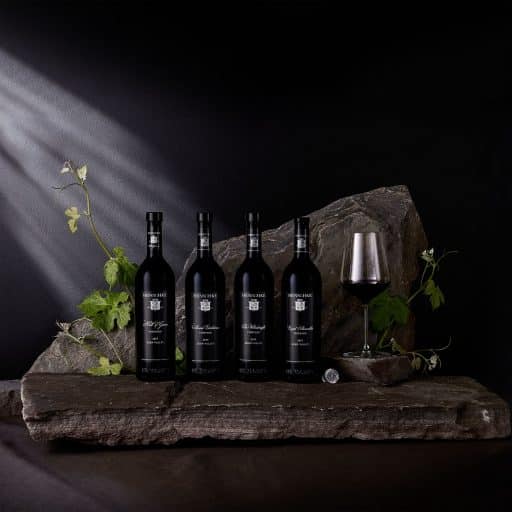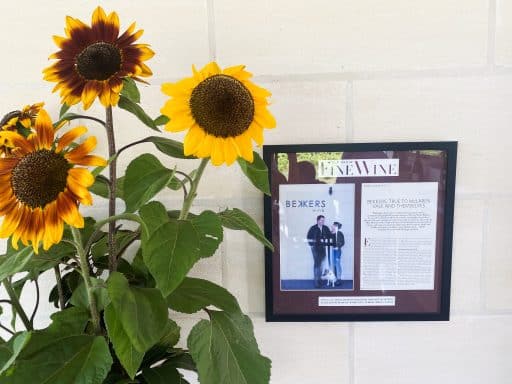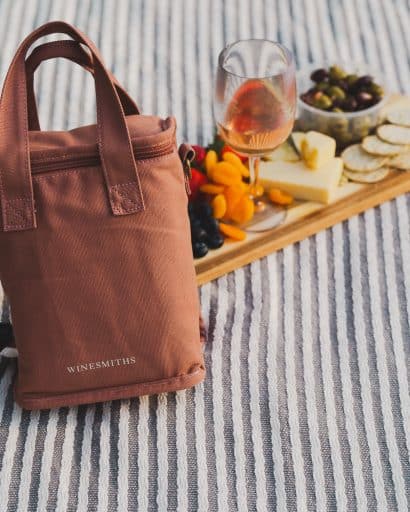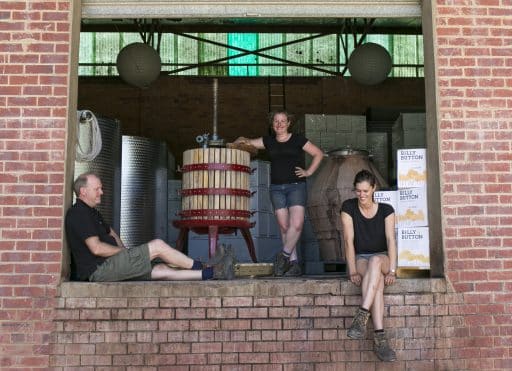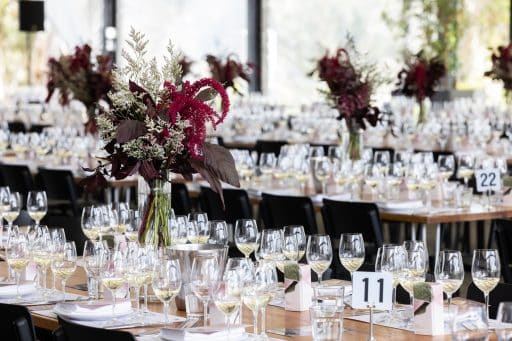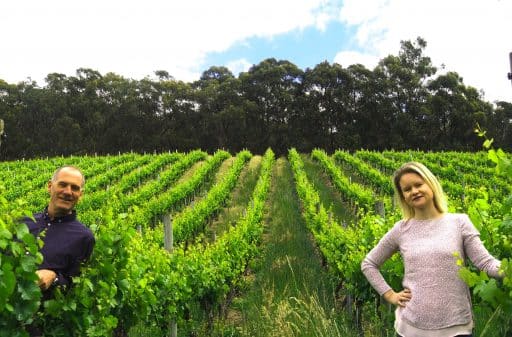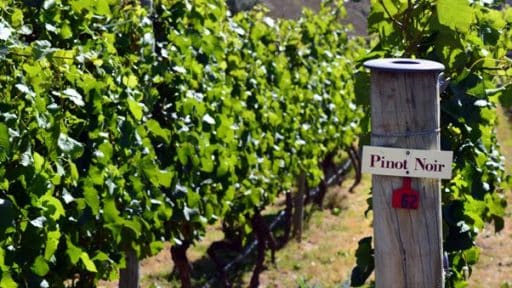There are few better jobs than that of Olivier Krug. Born into the most famous of Champagne houses Olivier travels the world extolling the virtues of one the finest Champagnes while dining in glittering galleries of gastronomy. While in Australia, for a short visit, highlights included the fare from Quay in Sydney as well as Melbourne’s Vue de Monde, with each course matched by a glass or two of sparkling heaven – a tough life indeed.
Yet life for heads of the Krug family have not always been so easy with years dedicated to creating what many suggest is the pinnacle of Champagne. Soon after joining the company Olivier was dispatched to Japan spending two years building what is now a vital market. As early as 1892 Olivier’s Great Grandfather was sent to another important market, this time Australia, spending over 6 months travelling across the country and meeting his many colonial customers. Over a century ago the gold rush had kick started the local Champagne fascination with Krug popular and Australia already one of the house’s leading markets.
The story of Krug Champagne is unique in that it begins not with Krug but in another well-regarded Champagne house, Jacquesson. In 1841, German immigrant Johann-Joseph Krug worked at Jacquesson as the Cellarmaster and while there he courted and then married one of the Jacquesson family. Yet it was not long before he was advocating for change, making requests that Jacquesson take steps to build on its reputation and create a signature Champagne for the region – a wine that reached for the stars and with quality the focus above all else.
Unfortunately his request fell on deaf ears and in 1843, against the wishes of his wife, Johann departed Jacquesson and Krug Champagne was born. Krug makes for a refreshing change in the world of Champagne as this house follows no one, choosing a unique path that differentiates it and defines Krug as a style leader. While most prestige Cuvées rely solely on Chardonnay and Pinot Noir, Krug proudly includes between 12 and 18% Pinot Meunier, some of which is drawn from lesser regarded villages, believing it gives fruit, spices, life and additional pleasure to the blend. Pleasure is a reoccurring theme here with all techniques in the winery and vineyard specifically chosen for their ability to build sensual texture and complexity. As Olivier Krug knows all too well “A Champagne lover demands pleasure” and Krug does all it can to maximize its’ intensity.
Whilst many Champagne houses have thrown out their oak barrels preferring the inert stainless steel, Krug ferments every grape in weathered Argonne oak to build richness and complexity. Then there are the 30-50% of reserve wines going back 6 to 10 years in their non-vintage Grand Cuvée while most wineries are closer to 10% with significantly younger stocks. A minimum of 7 years in bottle before release is another step that helps to bring these luxury Champagnes to a new level. Finally wines are never released unless they reach the quality expected of them with a recent vintage of Krug’s single vineyard Clos du Mesnil never to see the light of day.
While the processes are keys to Krug’s style the quality is inevitably drawn from the sourcing of fruit and blending of those parcels. In Champagne alone there are 300 villages, 20 000 growers and 280 000 plots of lands to choose from – each with its unique personality that must not only have the required quality but also fit the blend. Krug only take fruit from very specific plots and keep these separate until the final blending. Within Krug’s own holding are two key Grand Crus, the Clos du Ambonnay Pinot Noir and the Clos du Mesnil Chardonnay, both of which are bottled separately to capture the essence of these two magic plots. Whether it be the single vineyard wines, the Non-Vintage Grand Cuvée or vintage Krug every bottle is an experience and worthy for any celebration.

